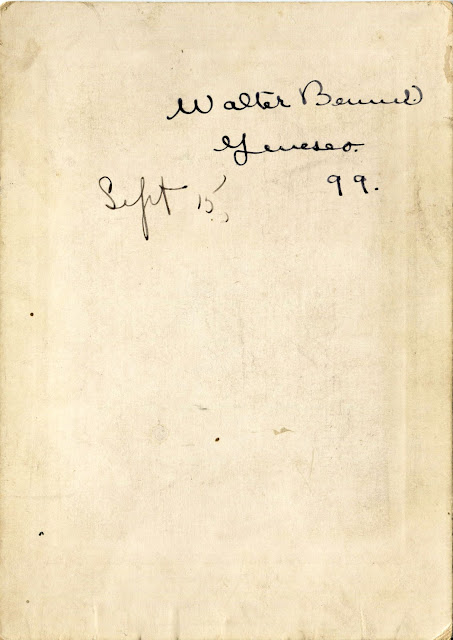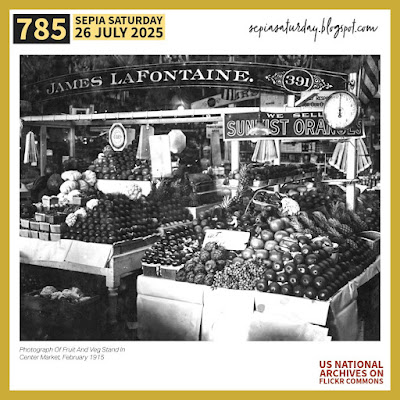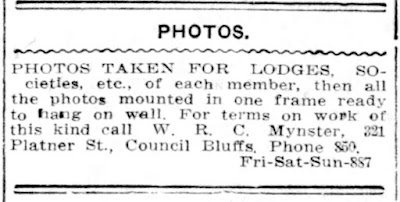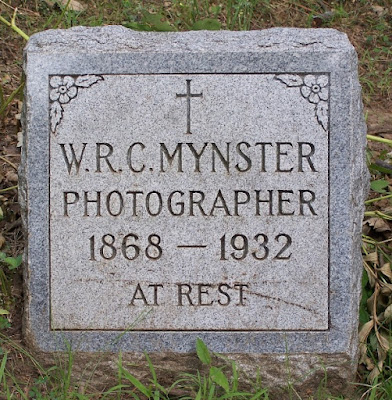The flute has perhaps the oldest heritage of all musical instruments.
(Okay, drums are older, but let's skip that debate today.)
Originally crafted in prehistoric times from hollow animal bones,
it's a simple instrument whereby a player makes a whistling sound
by blowing air over a hole at one end of a tube.
Over many millennium different cultures around the world
improved the flute by making it out of reeds, bamboo, and wood.
Eventually it became the familiar transverse flute.
(Okay, drums are older, but let's skip that debate today.)
Originally crafted in prehistoric times from hollow animal bones,
it's a simple instrument whereby a player makes a whistling sound
by blowing air over a hole at one end of a tube.
Over many millennium different cultures around the world
improved the flute by making it out of reeds, bamboo, and wood.
Eventually it became the familiar transverse flute.
By the early modern era, flutes were commonly constructed
of dense African blackwood, also known as Grenadilla, (Dalbergia melanoxylon),
of dense African blackwood, also known as Grenadilla, (Dalbergia melanoxylon),
the same timber used to make oboes and clarinets,
and fitted with several metal keys to cover the tone holes.
.
and fitted with several metal keys to cover the tone holes.
.
But in the early 19th century the German inventor and musician
Theobald Böhm (1794 – 1881) devised a new improved flute made entirely of silver.
His first patent for a metal flute with improved keywork was taken out in 1847
and it was first displayed to the public in 1851 at the London Exhibition.
This is the type of flute now played in orchestras and bands.
Theobald Böhm (1794 – 1881) devised a new improved flute made entirely of silver.
His first patent for a metal flute with improved keywork was taken out in 1847
and it was first displayed to the public in 1851 at the London Exhibition.
This is the type of flute now played in orchestras and bands.
However Böhm's design was not immediately adopted
and in the mid and late 19th century
many flutists preferred the sound quality of a wooden flute
despite the advantages of a silver flute.
and in the mid and late 19th century
many flutists preferred the sound quality of a wooden flute
despite the advantages of a silver flute.
Some players compromised by playing a flute
that had a wooden body for the keys
that had a wooden body for the keys
and a metal head joint for the embouchure hole.
Other instrument makers used ivory.
This hard white dentine material,
taken primarily from the tusks of elephants,
was the plastic of the 19th century.
It was once used in many common household items
as well as for musical instruments
like the white keys of a piano,
the decorative accents on violin bows,
and for head joints of flutes and piccolos.
This hard white dentine material,
taken primarily from the tusks of elephants,
was the plastic of the 19th century.
It was once used in many common household items
as well as for musical instruments
like the white keys of a piano,
the decorative accents on violin bows,
and for head joints of flutes and piccolos.
Today I present five well-dressed flutists
who took pride in posing for a camera
in their best concert uniform.
in their best concert uniform.
My first well-dressed flutist is a young man holding a blackwood flute and dressed in a dark uniform embellished with a swirling line of contrasting embroidery that matches the curls of his hair. This style of jacket was used by musicians in both professional and amateur bands, but not in military bands.
The portrait was produced at the studio of Ada Houseknecht, Artist, Batavia, New York. It is a rare example of work by a female photographer. Ada was born in 1868 and married to a photographer, Philon B. Houseknecht. Her obituary in 1949 described her as a "well-known photographer" in Batavia.
On the back is a signature and date: Walter Bernard, Geneseo, Sept 15, (18)99. I'm not absolutely certain of the last name as the letters are very spiky, but Bernard seems the most likely spelling. Geneseo is the county seat of Livingston County in the Finger Lakes region of western New York. The town is about 25 miles southeast of Batavia, New York. Unfortunately the man's name is too common to make a positive identification as I found no exact match in the either town. But the date is surely correct.
* * *
My next flutist holds a silver flute as he stands in a photographer's studio with his instrument case and sheet music on a tall wooden plant stand. His name is Albert and he signed the back of his postcard portrait and wrote the date 28-9-10 or 28 September 1910. It was addressed to a Madame Jeanne Guillaume of Paris.
His uniform is neat but restrained without ornament. There are music lyre badges on his cap and collar. I believe he is a member of a regimental band but I don't see any unit number badge so he could be a member of a civic band from some French commune.
* * *
My third flutist chose an unusual narrow and tall cabinet mount for his portrait, perhaps to accentuate his height and his flute which he holds vertically on a side table. This flute is a hybrid design with a silver head joint and a blackwood body. His uniform has a jacket embroidered with a kind of trefoil design on the front buttons, sleeves, and epaulets and a broad stripe along the trouser legs. His cap appears to be without a brim and has five initials fixed to it: W.H.P.D.C.
The photo came from the studio of Rodgers Photographic Palace, 471 Main Street, Hartford (Connecticut). My estimate is that this portrait of a young man, age twenty-something, was taken in the late 1890s or early 1900s. There is a West Hartford and perhaps the letters stand for West Harford Police Department but I don't know what the C could stand for. I would instead expect the letter B which of course would stand for Band.
* * *
My fourth uniformed flutist is posed seated and gazing off to his left. The photographer has faded the image edges for a dreamy effect but it actually looks as if the studio is on fire and filling with smoke. In the young man's lap are a piccolo and flute, both in blackwood with ivory head joints. His uniform has large fringed epaulets and a single row of shiny brass buttons. The diagonal belt across his chest is to carry a small satchel for his music.
I suspect he is a member of a state guard band. In the 19th century United States' regular army was quite small and whenever there was a crisis requiring a large military force it depended on state militias to provide the manpower. These state guard regiments often hired professional bands to play at the unit's annual training sessions, typically 12 to 14 days each summer. For parades the bandsmen would wear this type of formal uniform.
This cabinet card was produced at the studio of B. F. Freeman of East Somerville, Massachusetts. The style looks like late 1880s to me or perhaps early 1890s.
* * *
My final flutist has the best uniform, I think. His short jacket is adorned with full fringe epaulets and three rows of 24 brilliant brass buttons. His military forage cap has a two-color feather plume which must have made a splendid effect when his band was marching. In his right hand he holds a piccolo made of blackwood with an ivory head joint and in his left is a blackwood flute. On the table next to him is a third blackwood flute as well as lyre for his music. It looks like it would be attached to a wrist band worn on his left arm.
His belt buckle has a wreath design with three initials in the center. The first letter is definitely a D but the next two are unclear. Like the previous flutist, I think his elite uniform marks him as bandsman of a state guard regiment. Unfortunately his cabinet card has no photographers name or other marks so I'm only certain it was taken in America, likely in the 1880s or 1890s.
Let's finish with a rendition
of the famous piccolo solo from John Philip Sousa's
march, "The Stars and Stripes Forever".
The soloist is Staff Sgt. Kara Santos of the United States Marine Band
performing at the Marine Barracks, Washington, D.C., on May 31, 2013.
of the famous piccolo solo from John Philip Sousa's
march, "The Stars and Stripes Forever".
The soloist is Staff Sgt. Kara Santos of the United States Marine Band
performing at the Marine Barracks, Washington, D.C., on May 31, 2013.
Her instrument is made of blackwood
but appropriately for the 21st century without an ivory head joint.
Sousa claimed he composed his iconic American march
on Christmas Day 1896 on board a steamer returning from England.
on Christmas Day 1896 on board a steamer returning from England.
I don't think it's an exaggeration to say that ever since then
this short tune has been memorized and played
by every flutist from every nation around the world.
this short tune has been memorized and played
by every flutist from every nation around the world.
This is my contribution to Sepia Saturday
where the market has special offers this weekend
onflutes & piccolos fruits and pickles.
on














































